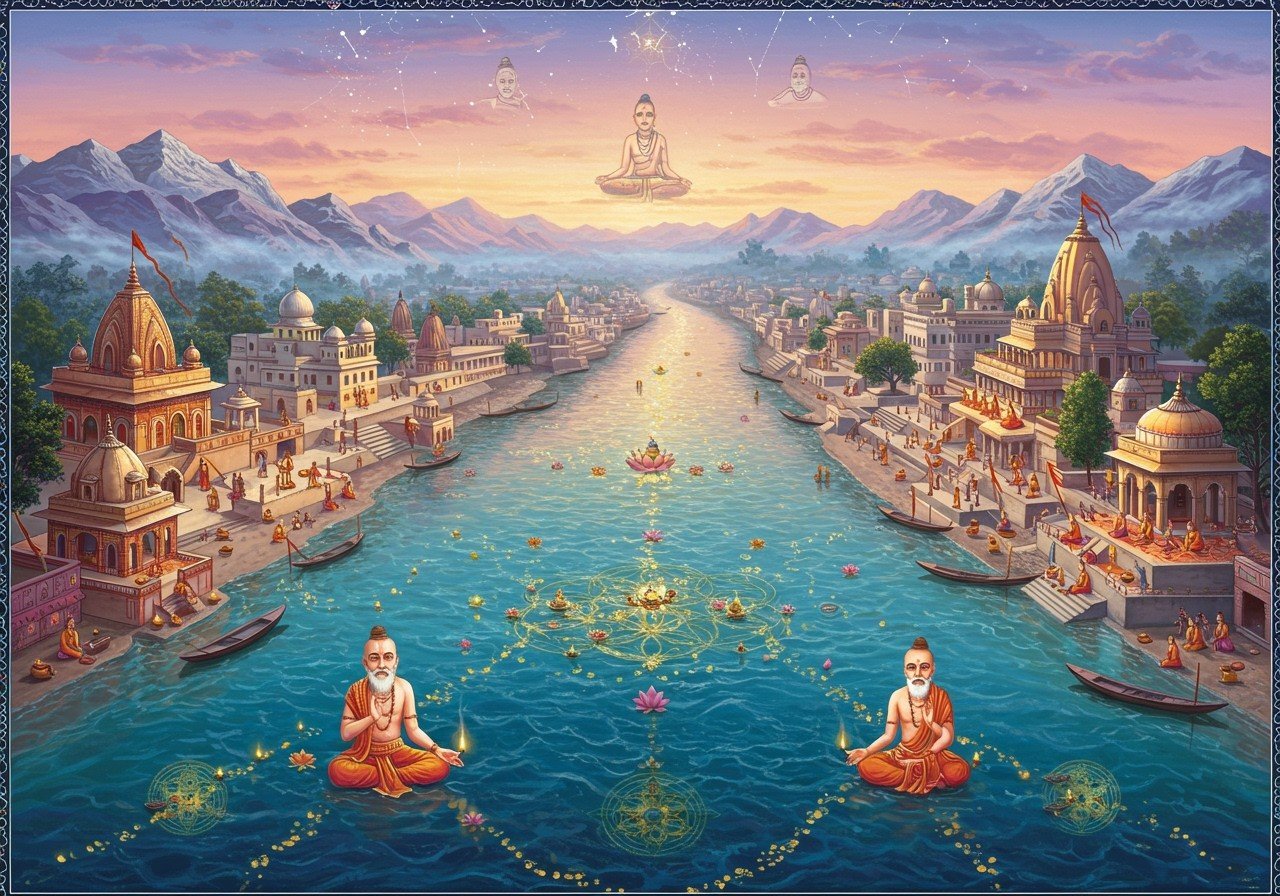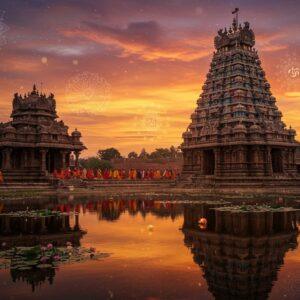
The Indus River, also known as the Sindhu River, holds immense historical and spiritual weight. Flowing from the Tibetan plateau through India and Pakistan, this majestic river has been the lifeblood of ancient civilizations, shaping cultural identities and spiritual practices for millennia. This article delves into the spiritual journey of the Indus River, exploring its historical significance, connection to Hinduism, and enduring legacy.
Historical Overview of the Indus River
The Lifeline of Ancient Civilizations
The Indus River has been a lifeline for civilizations for thousands of years. The Indus Valley Civilization (3300–1300 BCE), one of the world’s oldest, flourished along its banks. Major archaeological sites like Mohenjo-daro and Harappa stand as testaments to the river’s crucial role in supporting trade, agriculture, and urban planning. The river also fostered the development of early writing systems and administrative practices.
Connecting Cultures and Regions
The Indus River’s strategic location facilitated trade routes and cultural exchanges between diverse regions. It served as a vital link, connecting different communities and fostering interactions. However, shifts in the river’s course are believed to have contributed to the decline of the Indus Valley Civilization.
Indus River Valley Religion
Early Religious Practices
The religious practices of the Indus Valley Civilization were deeply connected to nature. Evidence from sites like the Great Bath of Mohenjo-daro suggests its use for ritual purification. Terracotta figurines and seals depicting deities and animals point to a complex belief system with a reverence for the natural world.
Worship of Natural Elements
Water held a central role in the spirituality of the Indus Valley people. Sacred groves and water bodies were significant in their rituals, reflecting a deep respect for the life-giving forces of nature. Some scholars believe that discovered proto-Shiva seals indicate early forms of Shiva worship, linking the ancient civilization to later Hindu traditions.
Hinduism’s Connection to the Indus River
Symbolic Importance
Referred to as ‘Sindhu’ in ancient Hindu texts like the Rigveda, the Indus River holds profound symbolic meaning. In Hinduism, rivers are revered as symbols of purity, life, and spiritual renewal. Pilgrimage to the Indus, much like the Ganges, is considered a sacred journey.
Rituals and Mythology
Numerous rituals and ceremonies, including offerings and prayers, are performed on the banks of the Indus. The river is woven into Hindu mythology, with stories of deities and sages associated with its waters, further solidifying its sacred status.
Significance of the Indus River in Ancient India
Economic and Cultural Impact
The Indus River’s fertile waters supported agriculture, providing sustenance for ancient communities. Trade flourished along its banks, with merchants exchanging goods like textiles, spices, and grains. This economic activity shaped the development of the region.
Cultural Fabric
The river has profoundly influenced Indian art, literature, and architecture. Temples and monuments were constructed near its banks to honor its significance. The river became integral to the cultural fabric of ancient Indian societies.
Modern-Day Spiritual Practices
Contemporary Rituals
The spiritual significance of the Indus continues to this day. Festivals like Sindhu Darshan celebrate its divine essence, drawing pilgrims who perform rituals along its banks. The river remains a living testament to ancient traditions.
Poojn.in: Connecting You to the Sacred Indus River Tradition
Poojn.in, India’s leading provider of spiritual and cultural goods, offers a wide selection of authentic puja items to help you honor the sacred Indus River tradition. We understand the importance of connecting with your heritage and offer high-quality products to support your spiritual practices.
- Bel Malas: These sacred beads, crafted from the bel tree, are traditionally used for prayer and meditation, enhancing your connection to the divine. Available in various sizes and styles.
- Mangalam Camphor: Purify your space and enhance the sanctity of your rituals with pure camphor. Offered in convenient butter paper packaging for easy use.
- Shiva Lingams: Honor Lord Shiva, deeply connected to the Indus River’s symbolism, with beautifully crafted Shiva Lingams made from marble dust. Perfect for personal altars and worship spaces.
Visit www.poojn.in today to discover a wide range of puja essentials and deepen your connection to the sacred traditions of the Indus River.
Conclusion: The Timeless Legacy of the Indus River
The Indus River’s journey through time embodies a rich tapestry of history, spirituality, and cultural significance. From the rise and fall of ancient civilizations to its enduring role in Hindu rituals, the Indus remains a powerful symbol of life, purity, and tradition. By honoring and preserving this sacred river, we ensure its timeless legacy continues to inspire generations to come.


